
Amplifiers
An electronic amplifier or amplifier is an electronic device used for increasing the power of a signal. It does this by taking energy from a power supply and controlling the output to match the input signal shape but with larger amplitude. In this sense, an amplifier may be considered as modulating the output of the power supply. There are numerous types of electronic amplifiers specialized to various applications. An amplifier can refer to anything from an electrical circuit using a single active component to a complete system such as a packaged audio hi-fi amplifier.
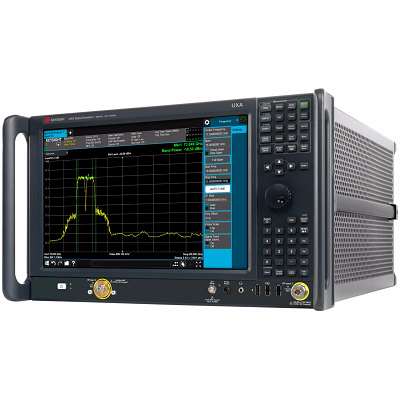
Analyzers
An analyzer is an electronic instrument that captures and displays multiple signals from a digital system or digital circuit. An analyzer may convert the captured data into timing diagrams, protocol decodes, state machine traces, assembly language, or correlate assembly with source-level software. Analyzers have advanced triggering capabilities, and are useful when a user needs to see the timing relationships between many signals in a digital system.

Antennas
An antenna is an electrical device which converts electric power into radio waves, and vice versa. It is usually used with a radio transmitter or radio receiver. In transmission, a radio transmitter supplies an oscillating radio frequency electric current to the antenna's terminals, and the antenna radiates the energy from the current as electromagnetic waves (radio waves). In reception, an antenna intercepts some of the power of an electromagnetic wave in order to produce a tiny voltage at its terminals, which is applied to a receiver to be amplified.
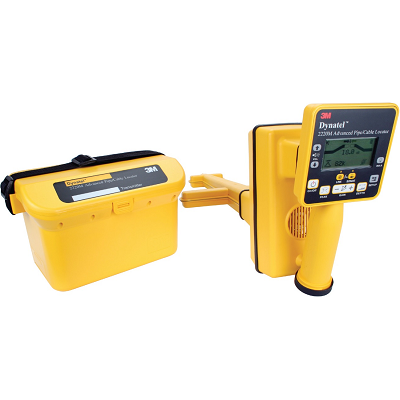
Cable Fault Locators
Cable fault location is the process of locating periodic faults, such as insulation faults in underground cables, and is an application of electrical measurement systems. In this process, mobile shock discharge generators are among the devices used. Cable faults are damage to cables which affect a resistance in the cable. If allowed to persist, this can lead to a voltage breakdown.
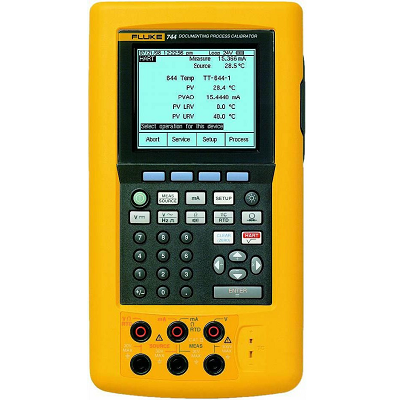
Calibrators
Most instruments and sensors are designed to meet certain accuracy specifications; the process of adjusting an instrument to meet those specifications is referred to as calibration. The device used to calibrate other instruments is known as a calibrator. Calibrators vary in form and function depending on the instruments with which they are designed to work.
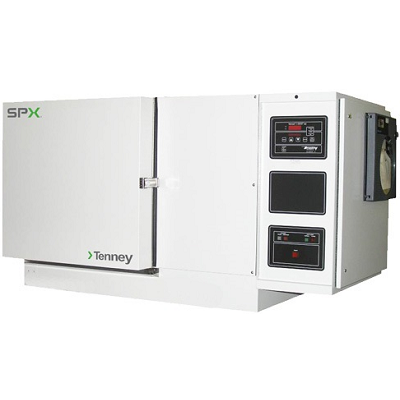
Chambers / Ovens
An Environmental Chamber is an enclosure used to test the effects of specified environmental conditions on biological items, industrial products, materials, and electronic devices and components. Industrial ovens are heated chambers used for a variety of industrial applications, including drying, curing, or baking components, parts or final products. Industrial ovens can be used for large or small volume applications, in batches or continuously with a conveyor line, and a variety of temperature ranges, sizes, and configurations.

Coupling Networks
Electronic products can be susceptible to interference from nearby transmitters due to signal coupling to external I/O cables of the product's This is especially true for products with long external power, communication and interface cables. The level of interference that product must be able withstand is defined in the standard. A CDN is used to couple the disturbing signals to the product I/O cables. These levels are injected into the CDN using a suitable power amplifier and an RF signal generator. The CDN consists of circuits for coupling and decoupling injected RF signals. The coupling circuit injects the disturbing signal into the cables under test.. The decoupling circuit prevents the injected signal from reaching the auxiliary equipment (AE) connected to the EUT.
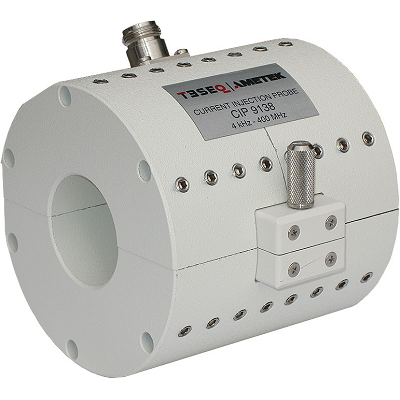
Current Probes
Current probe are toroidal transformers designed to measure RF currents on active power lines or other conductors. They are used for RF conducted immunity testing. A current probe is used as a “pick-up†device for measuring RF current in single conductors or cable bundles. Direct connection to the conductor carrying EMI current is not necessary, since the probe may be opened for insertion of the conductor into the window of the toroid and then closed again to form a toroidal transformer with the conductor acting as a one-turn primary.
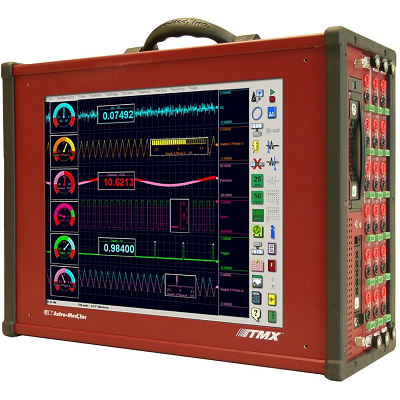
Data Acquisition
Data acquisition is the process of sampling signals that measure real world physical conditions and converting the resulting samples into digital numeric values that can be manipulated by a computer. Data acquisition systems (abbreviated with the acronym DAS or DAQ) typically convert analog waveforms into digital values for processing.
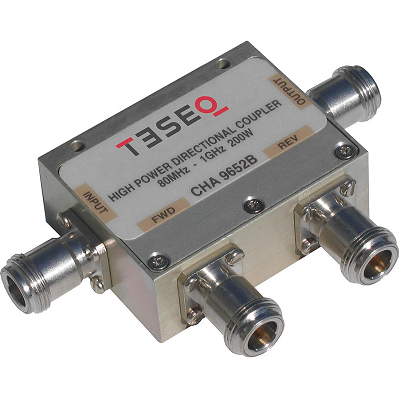
Directional Couplers
Directional couplers are passive devices used mostly in the field of radio technology. They couple a defined amount of the electromagnetic power in a transmission line to a port enabling the signal to be used in another circuit. An essential feature of directional couplers is that they only couple power flowing in one direction. Power entering the output port is coupled to the isolated port but not to the coupled port. A directional coupler designed to split power equally between two ports is called a hybrid coupler. Directional couplers are most frequently constructed from two coupled transmission lines set close enough together such that energy passing through one is coupled to the other. This technique is favored at the microwave frequencies where transmission line designs are commonly used to implement many circuit elements. Also waveguide designs can be used at microwave frequencies for higher bands. Many of these waveguide couplers correspond to one of the transmission line designs, but there are types that are unique to waveguide. Directional couplers have many applications. These include providing a signal sample for measurement or monitoring, feedback, combining feeds to and from antennae, antenna beam forming, providing taps for cable distributed systems such as cable TV, and separating transmitted and received signals on telephone lines.

Electronic Loads
An electronic load (or e-load) is a device or assembly that simulates loading on an electronic circuit. It is used as substitute for a conventional ohmic load resistor. As counterpart to a current source, the electronic load is a current sink. When loading a current source with a fixed resistor one can set one determined load current by the connected load resistor. The characteristic of the electronic load is that the load current can be set and varied in a defined range. The load current is regulated electronically. The electronic load consumes electric energy and in most cases transforms it into heat.
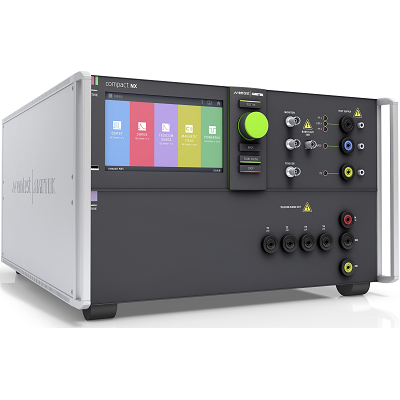
EMC / EMI
Electromagnetic compatibility (EMC) is the branch of electrical sciences which studies the unintentional generation, propagation and reception of electromagnetic energy with reference to the unwanted effects (Electromagnetic interference, or EMI) that such energy may induce. EMC aims to ensure that equipment items or systems will not interfere with or prevent each other's correct operation through spurious emission and absorption of EMI. EMC is sometimes referred to as EMI Control, and in practice EMC and EMI are frequently referred to as a combined term EMC/EMI.
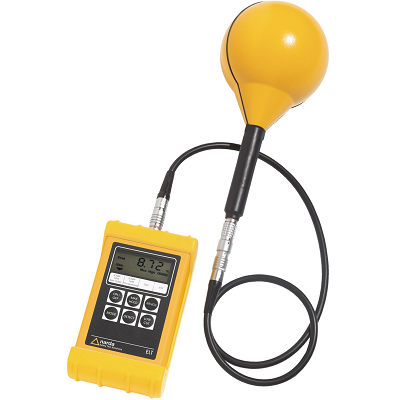
Environmental
Environmental testing can identify and quantify compounds and pollutants in air, water, or soil. Alternatively, environmental testing can verify that a product or piece of equipment will perform as expected once it is out in the world. This can take the form of climate testing (e.g. temperature or humidity) or mechanical testing (e.g. measuring shock or vibration). Key instrumentation used in and out of the lab include sample prep equipment, temperature chambers, biofuel analyzers, balances, evaporators, and stability chambers; and particle counters, pH meters, and refractometers, often in handheld versions for field testing. GC systems, auto samplers, and software are also commonly used in environmental testing, along with HPLC systems for carbamate and explosives analysis. Advances in field testing include the ability to use cell phone technology to remotely monitor equipment, and a laser particle analyzer specifically designed for use in the field.
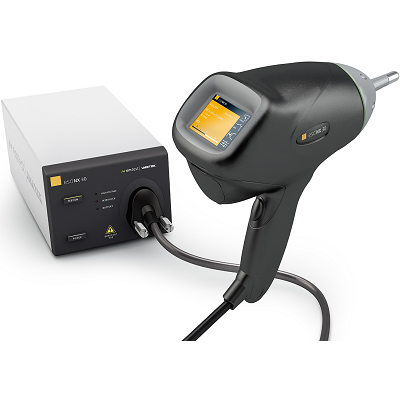
ESD Simulators
Electrostatic discharge (ESD) is the sudden flow of electricity between two objects caused by contact, an electrical short or dielectric breakdown. ESD can be caused by a buildup of static electricity by tribocharging, or by electrostatic induction. ESD includes spectacular electric sparks, but also less dramatic forms which may be neither seen nor heard, yet still are large enough to cause damage to sensitive electronic devices. Electric sparks require a field strength above about 4 kV/cm in air, as notably occurs in lightning strikes. Other forms of ESD include corona discharge from sharp electrodes and brush discharge from blunt electrodes.

Generators
Signal generators, also known variously as function generators, RF and microwave signal generators, pitch generators, arbitrary waveform generators, digital pattern generators or frequency generators are electronic devices that generate repeating or non-repeating electronic signals (in either the analog or digital domains). They are generally used in designing, testing, troubleshooting, and repairing electronic or electro acoustic devices.
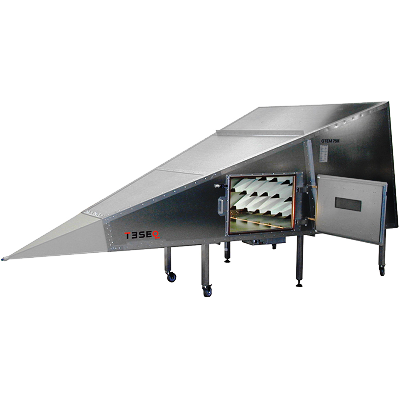
GTEM / TEM Cell
The GTEM (Gigahertz Transverse Electromagnetic) cell is a frequency extended variant of the traditional TEM (Transverse Electro-Magnetic) cell. The GTEM cell is, in principle, a tapered coaxial line (offset septum plate), which is terminated by a combination of discrete resistors and RF absorbers to achieve a broadband match. They are designed for EMC applications, calibration of antennas/field probes, test and measuring of mobile phones and screening measuring of material. A GTEM is a type of electromagnetic compatibility (EMC) test chamber used for radiated EMC testing. A GTEM cell enclosure is made of conductive material such as metal, in the shape of a long, rectangular pyramid. The pyramid is normally laid flat on one side, although occasionally it may be stood on its base. The base is typically lined internally with radiation-absorbent material (RAM) but the side walls are left bare to act as a waveguide. A stripline conductor, known as the septum, connects internally between the input/output port at the apex and a resistive RF absorber or load at the base. In operation, the equipment under test is placed in the test volume in between the septum and the chassis. The GTEM cell forms an enclosed TEM (transverse electromagnetic mode) stripline, which acts as receiving emissions or transmitting emissions antenna when measuring radiated emissions, one end of the stripline is connected to a Spectrum analyzer. The other end is terminated with an RF load (e.g., 50Ω). When measuring radiated immunity, one end of the stripline is connected to a source of radiation (Signal generator). The other end is terminated with an RF load. In operation, emitted radiation (whether from an antenna or from the EUT), travels along the length of the chamber and is absorbed by the absorbent load at the end. For immunity tests, the field uniformity and the crosspolar coupling of the cell have to be within certain limits set by IEC 61000-4-20.
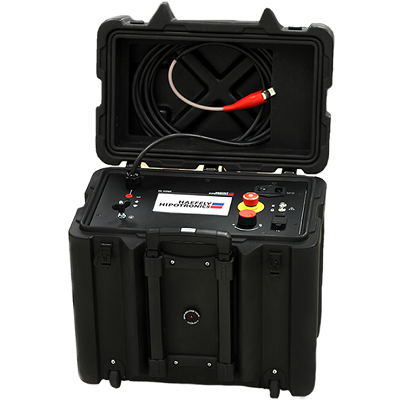
Hipots
Hipot is an abbreviation for high potential. Traditionally, Hipot is a term given to a class of electrical safety testing instruments used to verify electrical insulation in finished appliances, cables or other wired assemblies, printed circuit boards, electric motors, and transformers. A Hipot test (also called Dielectric Withstanding Voltage (DWV) test) verifies that the insulation of a product or component is sufficient to protect the operator from electrical shock. In a typical Hipot test, high voltage is applied between a product's current-carrying conductors and its metallic shielding. The resulting current that flows through the insulation, known as leakage current, is monitored by the hipot tester. The theory behind the test is that if a deliberate over-application of test voltage does not cause the insulation to break down, the product will be safe to use under normal operating conditions—hence the name, Dielectric Withstanding Voltage test.
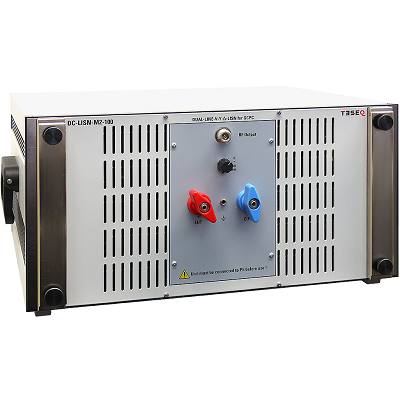
LISN
LISN (line impedance stabilization network) is a device used in conducted and radiated radio-frequency emission and susceptibility tests, as specified in various EMC/EMI test standards (e.g. by CISPR, IEC, CENELEC, FCC, MIL-STD, etc). A LISN is a low-pass filter typically placed between an AC or DC power source and EUT (Equipment Under Test) to create known impedance and to provide an RF noise measurement port. It also isolates the unwanted RF signals from the power source. In addition, LISNs can be used to predict conducted emission for diagnostic and pre-compliance testing.
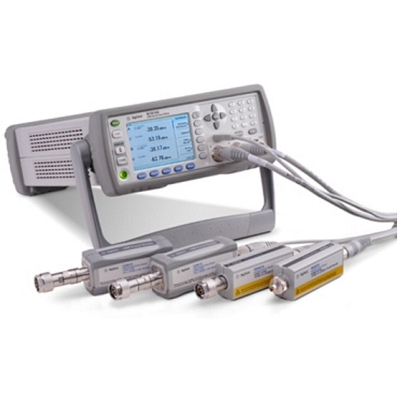
Meters
A meter is an electronic measuring instrument that combines several measurement functions in one unit. A typical meter would include basic features such as the ability to measure voltage, current, and resistance. Meters may use analog or digital circuits. Analog instruments are usually based on a micro ammeter whose pointer moves over a scale calibrated for all the different measurements that can be made. Digital instruments usually display digits, but may display a bar of a length proportional to the quantity being measured.
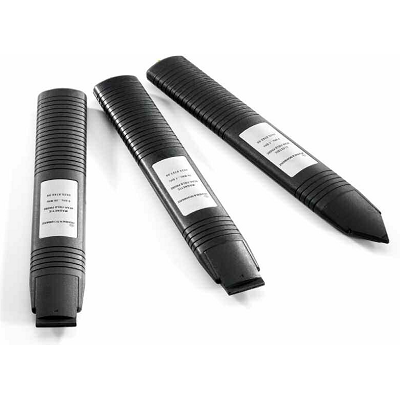
Near Field Probe Sets
EMC Near-Field Probes for E and H Fields If the product is failing, cause of the higher emissions must be investigated and fixed to make the product compliant. To find the EMI emission source may require making measurement closer to the circuit. This is not possible using an antenna. Near-field magnetic (H-field) and electric (E-field) probes let you sniff around the circuits, cables, and enclosures to find the source. H-field probes use a conductive loop to detect magnetic fields produced by clock signals, serial data streams, control signals, and switching power supplies. You can often uncover the source of EMI emissions with near-field probes. Near field probes are only sensitive to sources at close proximity. They are generally immune to background noise or hand position. Once emission source has been located, the appropriate fix can be implemented to reduce emissions. Since the near field probe measurements do not provide any indication of compliance, the measurement must be retaken with an antenna at the specified distance. Near Field Probe measurement do not take into account any other contributors to higher radiated emissions levels at the specified distance. In addition, Near Field Probes can be a valuable tool for troubleshooting EMI problems at the factory. They do not require any special calibrated test facility. Once you've made your baseline measurements at a EMI Lab to determine failing frequencies, you can take the product back for troubleshoot at the factory. You can experiment with design modifications and repeated near-field measurements to reduce the emission levels. Once the emissions levels successfully reduced, the product can be taken back to the EMI lab for additional compliance measurements. This process will reduce the cost of the overall product compliance process.
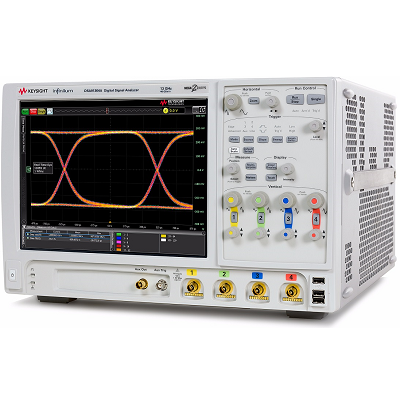
Oscilloscopes
An oscilloscope, previously called an oscillograph, and informally known as a scope, CRO (for cathode-ray oscilloscope), or DSO (for the more modern digital storage oscilloscope), is a type of electronic test instrument that allows observation of constantly varying signal voltages, usually as a two-dimensional plot of one or more signals as a function of time. Other signals (such as sound or vibration) can be converted to voltages and displayed. Oscilloscopes are used to observe the change of an electrical signal over time, such that voltage and time describe a shape which is continuously graphed against a calibrated scale. The observed waveform can be analyzed for such properties as amplitude, frequency, rise time, time interval, distortion and others. Oscilloscopes are used in the sciences, medicine, engineering, automotive and the telecommunications industry. General-purpose instruments are used for maintenance of electronic equipment and laboratory work. Special-purpose oscilloscopes may be used for such purposes as analyzing an automotive ignition system or to display the waveform of the heartbeat as an electrocardiogram.

PIM Test Solutions
As passive intermodulation is a parameter that is key to the operation of many systems including cellular base stations, satellite systems and many other radio systems were duplex operation is required, passive intermodulation, PIM testing is required. Passive intermodulation, PIM arises when non-linear passive components or other general elements like rusty bolts on antenna towers, etc, enable two or more signals to mix or multiply to give intermodulation distortion. One of the most common PIM testing applications is for antennas and antenna feeder arrangements for cellular base stations. Here some of the major issues with PIM occur as a result of connectors, connections, and even the feeder for antennas themselves.
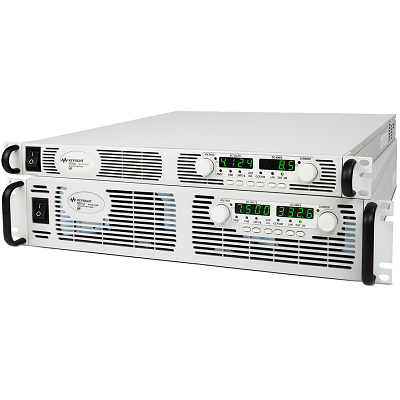
Power Supplies
A power supply is a device that supplies electric power to an electrical load. The term is most commonly applied to electric power converters that convert one form of electrical energy to another, though it may also refer to devices that convert another form of energy (mechanical, chemical, solar) to electrical energy. A regulated power supply is one that controls the output voltage or current to a specific value; the controlled value is held nearly constant despite variations in either load current or the voltage supplied by the power supply's energy source.
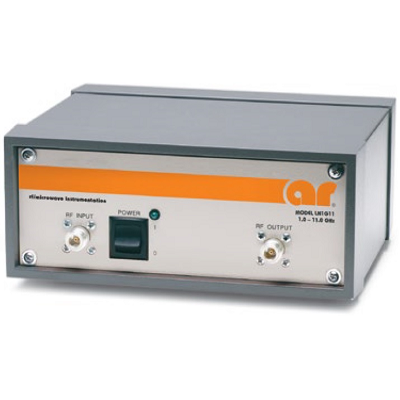
Preamplifiers
Better System Sensitivity through Preamplifiers Preamplifiers are ideal for improving the system sensitivity of RF measuring instruments and EMC radiated emission test systems. They are also ideally suited to general purpose laboratory use where low-level RF signal amplification is needed. Test systems for radiated emissions are fundamentally a cascade circuit consisting of receiving antenna, preamplifier, connecting cable and EMI test receiver, which in some cases is extended by an internal preamplifier. The preamplifier can help by boosting low level signals above the noise floor and improving the sensitivity of your measurement system. Make sure it operates over the frequency range of interest and has enough gain. Some preamplifiers have the added benefit of having a rechargeable battery, allowing you to make measurements when a power source is not available.
RF Coupling Clamps
Absorbing Clamp is a measuring device, movable along the mains lead of an appliance or similar device, intended to assess the maximum radio-frequency power emitted by the appliance or device. They are used for measuring interference signals on power supply cables. Decoupling clamps and ferrite tube are available for a variety of different EMC applications.
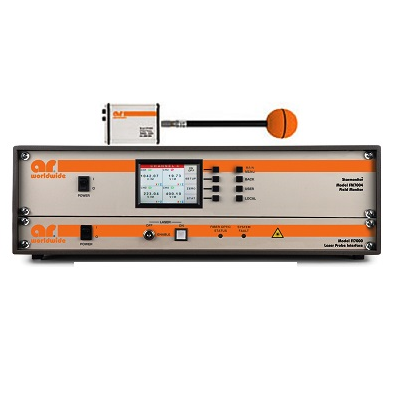
RF Field Monitor Systems
RF Field monitoring for EMC Testing. Often underestimated, RF field probes are critical to the implementation of a proper radiated immunity test system. All too often, system specifies gloss over this essential element after having spent a considerable amount of time and energy selecting components required to generate the required RF field. After all, what good is an RF field if you can't reliably measure it? Frequency Response is undoubtedly the most important probe characteristic. It is defined as the frequency range the probe will respond to. Since no probe can provide a completely flat response across the entire frequency range, this spec is always accompanied by a tolerance figure, generally provided as a ±dB allowable variation band.
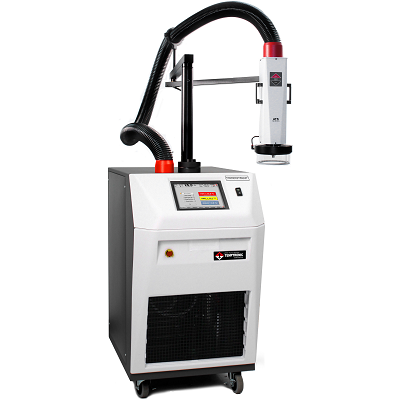
Thermostreams
THERMOSTREAM Systems are used in a variety of temperature testing and conditioning applications. From their traditional applications in semiconductor testing, failure analysis, and device characterization to their broader use in PCB and electronic sub-assembly testing, these have a system with the temperature capabilities to meet your needs. THERMOSTREAM Systems offer an innovative temperature testing solution that allows you to perform device, board, and module testing right where you need it - at your test bench, in your production facility, or in your lab. The speed, precision, and portability of these systems combined with a broader temperature range and capacity have resulted in the most comprehensive line of Temperature Forcing Systems ever.
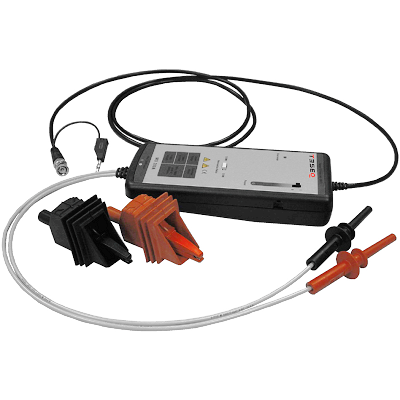
Voltage Probes
A voltage probe is used for measuring the voltage difference between two test points where neither test point is at ground. Voltage probes can be used for signals up to 6000 V. These probes are the best choice for making non-ground referenced, floating or isolated measurements in large part due to their common mode rejection capability. High Voltage Differential Probes High voltage differential probes utilize high attenuation and matched differential inputs to measure high voltages with very reasonable CMRR performance. These probes are rated for 1, 2, or 6 kV common-mode operations with wide differential voltage swings - ideal for power electronics circuits. They are optimized for measuring HV signals such as 50/60 Hz AC Line inputs and power electronics DC Bus/Link voltages, PWM Bridge/Drive outputs, DC-DC converter inputs/outputs, high frequency step-up/down transformer voltages, and inductor, capacitor and snubber diode voltages. In some cases, they may also provide reasonable performance for measuring gate-drive voltages and low voltage sensor voltages.



